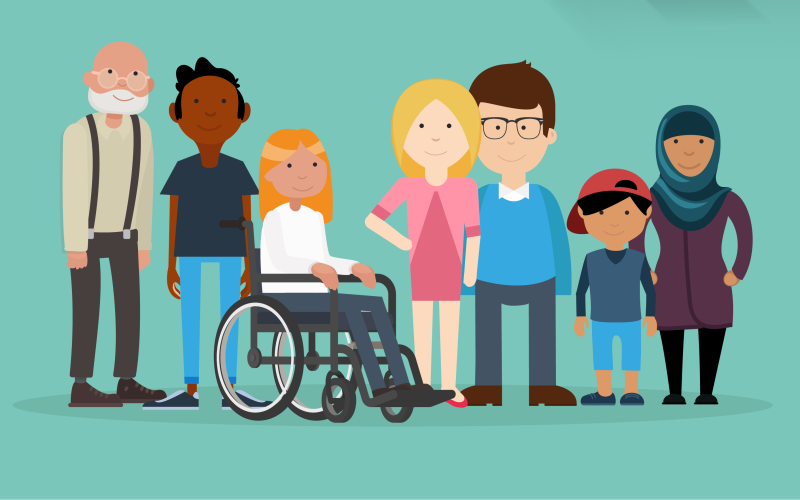A quick one: if you enjoy this post please share to widen the discussion and consider subscribing for weekly articles to your inbox!
January 2020 has seen two high profile announcements from senior leaders and set the stage for the future of the NHS. The first announcement on 25 January 2020 is the "For a greener NHS" programme which aims to work with staff, hospitals and partners to eventually go net carbon zero NHS. The second announcent 3 days later is the Secrtary of State's announcement for AI labs to accelerate the introduction of AI powered tools in the NHS. Each announcement was received very differently by patients, public and healthcare professionals. Both have the potential to have huge implications for the health and care of vast parts of the UK population but they also conflict.
Going Green
A convincing case has been made for the NHS to be net zero carbon with a statement from Simon Stevens where he stated:
"With almost 700 people dying potentially avoidable deaths due to air pollution every week we are facing a health emergency as well as a climate emergency."
Climate change is interlinked with air pollution. Air pollution has been evidenced to be linked to conditions such as asthma, lung cancer and neurological conditions as well as flare up existing conditions. Additionally evidence is building on the negative impact of air pollution on cognition. Tackling climate change (and air pollution by association) is a way of reducing future burden on a healthcare system. Tackling air pollution naturally sits alongside healthcare initiatives to address non-communicable diseases (e.g. type 2 diabetes) as another strand on the prevention agenda.
The greener NHS initiative includes a request for staff to do more which has had mixed reception. However, the initiative also incorporates considering the role of suppliers. By instigating a greener NHS we potentially create a healthcare system that requires product and service suppliers to be green. In a similar way to how the NHS has purchasing power giving advantageous cost of purchase of supplies, it can use this leverage to incentivise providers of products and services into the NHS to be green. This becomes an NHS and supply chain that embraces societal impact in a way that is broader than healthcare provision.
Hunger at the edge
The second announcement just 3 days later was the funding announcement for proven AI to be implemented at scale in the NHS through AI Labs. Matt Hancock announced:
The AI Lab is a crucial tool in NHSX’s armoury for putting the world’s best technology in the hands of NHS clinicians and managers, all so we can bring the NHS into the 21st century.
In the announcement a good case has been made for cutting edge tech like AI with real examples of how AI can address NHS unmet need. Examples included more accurate forecasting of the usage of blood donations to reduce wastage, and improved image analysis for mammography. There has been a lot published and speculated about the promise of AI in health. It potentially remains at the mercy of inadequate IT infrastructure and staff who have inadequate support to implement and use these tools. The AI announcement includes the intention to address these by focusing on scalability and leadership.
How will these two ambitous announcements intersect - does an AI focus support, conflict or have no effect on the greener NHS initiative? Or is it possible the greener NHS initiative constrains the possibility for AI in the NHS, after all AI is notoriously energy hungry. For example:
New estimates suggest that the carbon footprint of training a single AI is as much as 284 tonnes of carbon dioxide equivalent – five times the lifetime emissions of an average car.
OpenAI, the San Francisco-based AI research lab, has been trying to track the amount of computing power required for machine learning ...the computing power required for today’s most-vaunted machine-learning systems has been doubling every 3.4 months.
Have your cake and eat it
It’s possible that the use of AI will create efficiencies which will in turn reduce air pollution and energy consumption. For example, the use of AI may make transportation more efficient or even unnecessary, it could reduce the need for medical devices or reduce resource utilisation. However, to get there we need to train and test AI which accrues more climate debt with the hope that the results are substantially green to pay off this debt. Also it is highly likely future AI algorithms will have a lower carbon footprint through more efficient coding and specialised hardware but thats not the reality just yet.
There are many questions that need answering to help bring the two initiatives together and avoid compromising both. How are we monitoring the increase in carbon footprint due to AI activity? How should AI be enabled without undermining the green agenda? How should the greener NHS be supported without constrining AI? Can we have both or are first apperances correct and these are conflicting initiatives? To encourage both to flurish we will need to make hard decisions on what aspects of each to prioritise (e.g. focusing AI on applications that reduce transportation) or the risk is that neither will have the impact envisioned.
Enjoyed this post? Do share with others! You can subscribe to receive posts directly via email.
Get in touch via Twitter or LinkedIn.
Quick links to interesting articles from this week:
- Healthcare innovation predictions for the next decade
You may also like:




